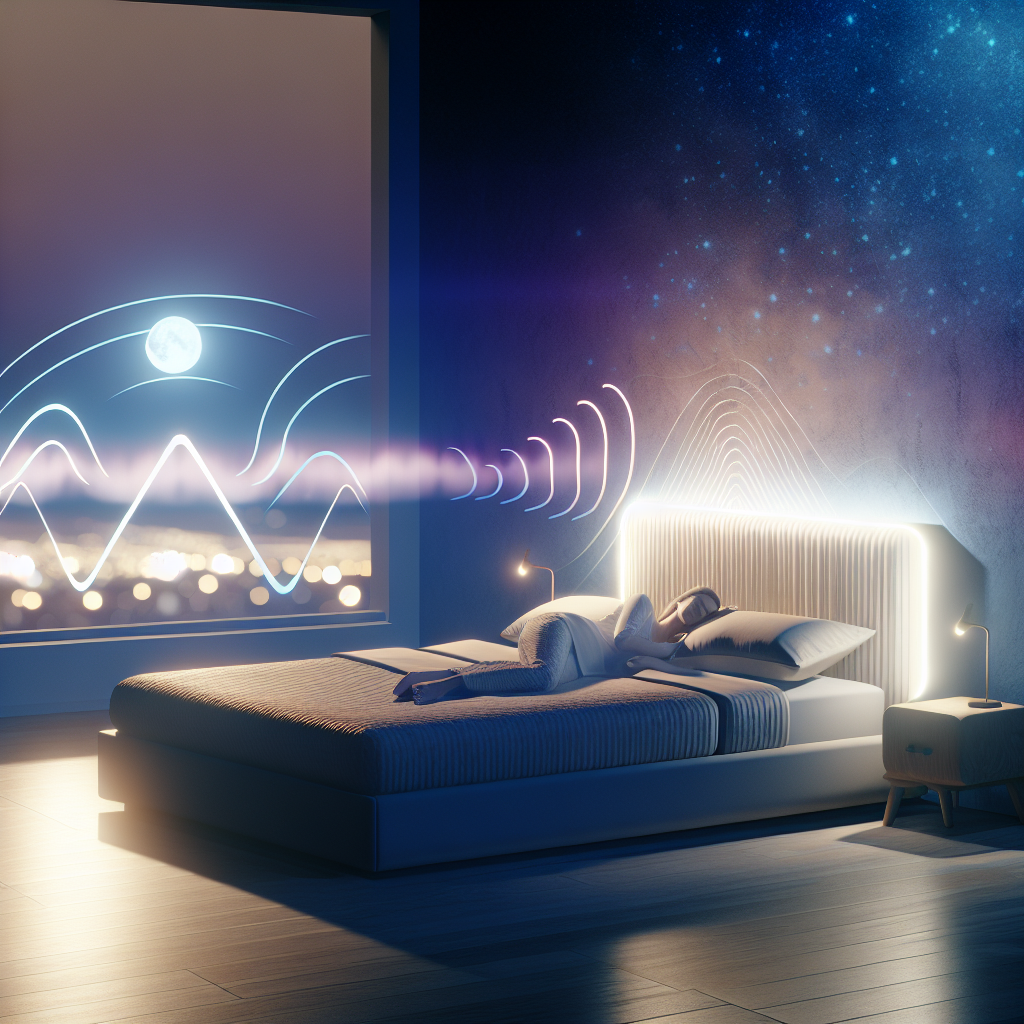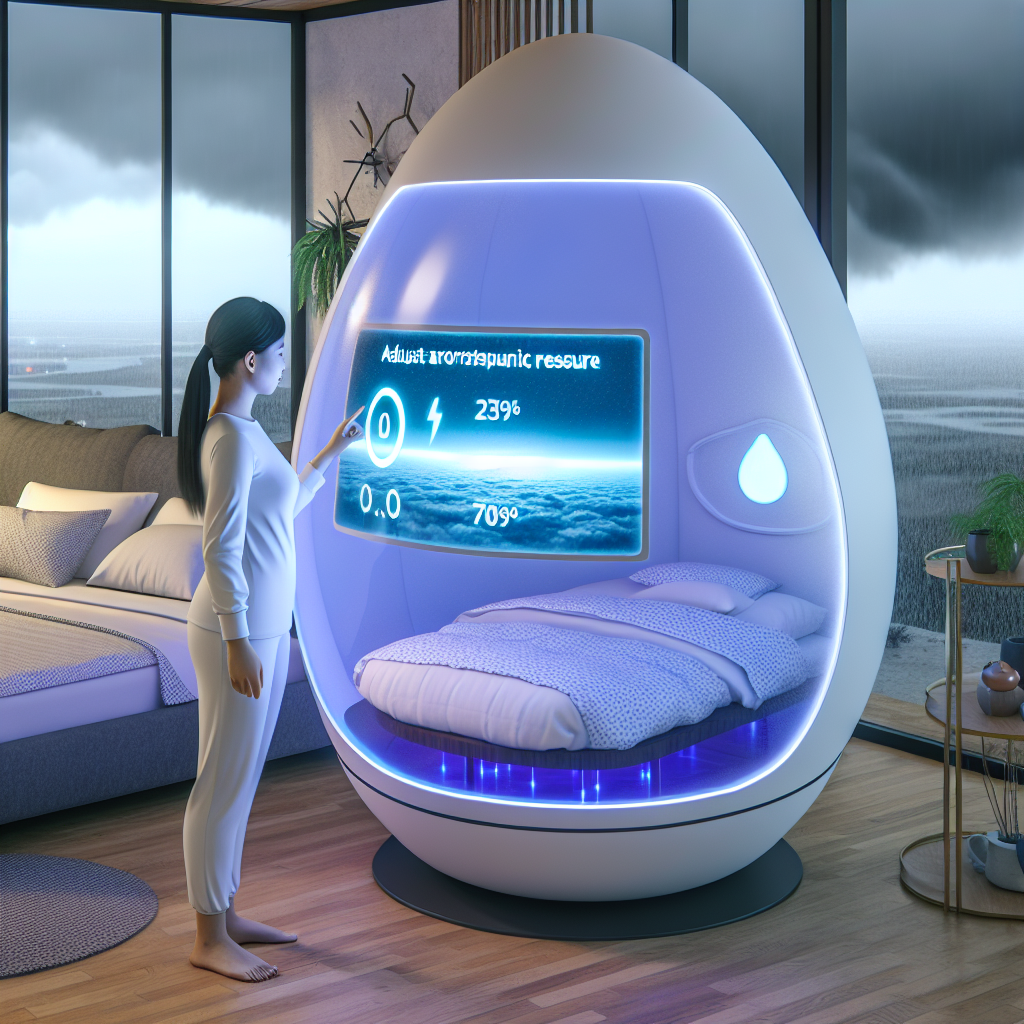Sleep Tracking Breakthrough – How a Ring Found Undiagnosed REM Disorder
Introduction
Sleep health is one of the most essential yet often overlooked pillars of our overall well-being. A high-quality night’s rest enables both the body and mind to rejuvenate, regulate vital internal functions, and maintain emotional equilibrium. However, subtle symptoms and inconsistent monitoring mean many sleep disorders go undiagnosed for years.
With the rise of wearable sleep-tracking technology—especially smart rings—we now have an innovative method to detect hidden conditions like REM Sleep Behavior Disorder (RBD). This condition, although serious, frequently escapes clinical detection unless obvious physical symptoms emerge.
Wearables have come a long way from basic sleep timers and motion-detecting wristbands. Today’s devices, particularly smart rings like the Oura Ring, incorporate advanced biometric sensors: optical heart rate monitors, temperature sensors, SpO2 readers, and high-precision motion detectors. Because the ring sits close to finger capillaries, it enhances the accuracy of detecting REM sleep phases, heart rate variability (HRV), and nighttime motion—even more so than wrist-worn alternatives.
A remarkable case that drew attention in both medical and tech circles involved a 52-year-old man who was wearing the Oura Ring primarily for general wellness tracking. Nightly data logs revealed consistent physical movement during REM sleep phases—an anomaly, since REM sleep is typically marked by muscle atonia (paralysis). This prompted the user to consult a sleep specialist.
Following these unusual readings, he underwent a clinical polysomnography (sleep study), which confirmed the diagnosis: REM Sleep Behavior Disorder. This disorder, which may precede serious neurological conditions such as Parkinson’s disease or Lewy body dementia, had gone unnoticed through traditional diagnostics. Thanks to insights from his smart ring, early intervention became possible.
This case illustrates how consumer wearables are moving beyond fitness into proactive health monitoring. They aren’t replacements for doctors—but when leveraged thoughtfully, they bridge the gap between home-based awareness and professional diagnosis. In some instances, like this one, they quite literally change lives.
Features and Medical Background
REM Sleep Behavior Disorder (RBD) is a parasomnia where individuals act out dreams due to the absence of typical REM atonia. These dreams are often intense and can involve shouting, flailing limbs, or even physically injuring oneself or a bed partner. Unlike better-known conditions—like sleep apnea or insomnia—RBD often remains hidden until injury or dramatic behavior prompts professional evaluation.
According to a study published in The Lancet Neurology, RBD can be an early indicator of underlying neurodegenerative disorders such as Parkinson’s or multiple system atrophy. In fact, research suggests that over 80% of patients with idiopathic RBD will eventually develop these conditions (Schenck et al., 2013). This reinforces the critical nature of achieving early detection and consistent monitoring.
What makes smart rings revolutionary isn’t just their accuracy—it’s their ability to collect long-term data without interrupting sleep quality. Unlike traditional sleep studies that are limited to one night and often intrusive, wearable rings can be worn continuously for weeks or months, giving healthcare providers a more holistic picture of sleep patterns.
The Oura Ring, for example, uses photoplethysmography (PPG) to detect pulse strength and rhythm. These biometric signals allow the accompanying algorithm to estimate sleep stages, respiratory rate, heart rate variability, and, critically, movement during REM sleep. When movement is consistently detected during REM periods, it could indicate REM sleep without atonia—a hallmark sign of RBD.
As validated in a 2019 study from the journal Nature and Science of Sleep, the Oura Ring’s sleep-tracking data shows promising reliability compared to polysomnography (de Zambotti et al.). While it’s not a replacement for clinical tools, it introduces an unprecedented level of convenience and real-world usability for home-based sleep screening.
Clinicians are beginning to integrate wearable data into assessments, especially when patients present ambiguous symptoms. By combining smart ring analytics with medical history and other diagnostics, professionals can detect issues earlier and customize monitoring plans more precisely.
The implications here are profound. A tiny, wearable ring—designed originally for wellness tracking—is now capable of influencing the early detection of diseases with long-term consequences. In RBD’s case, this additional lead time can open the door for neuroprotective strategies, therapeutic interventions, and periodic neurological assessments—potentially delaying symptom onset or severity of degenerative disorders.
Conclusion
What once seemed like science fiction has become undeniable reality: a smart ring can help detect complex medical disorders. This case of a man whose Oura Ring signaled abnormal REM sleep activity, leading to an RBD diagnosis, illustrates how far we’ve come in leveraging everyday technology for healthcare insights.
Wearable health tech has matured beyond step counting and calorie tracking; it’s actively transforming how we detect and manage chronic conditions. Smart rings are giving users unprecedented access to their own biometric data, enabling earlier action and more personalized treatment planning.
For individuals, this means gaining ownership of sleep health, and for clinicians, it heralds a new diagnostic ally. With integrations into AI diagnostics, telehealth platforms, and predictive analytics becoming increasingly common, the future of sleep medicine could very well be resting on our fingers—quite literally.
References
1. Schenck, C.H., Boeve, B.F., & Mahowald, M.W. (2013). REM sleep behavior disorder: Clinical, developmental, and neuroscience perspectives. Sleep, 36(6), 845–852.
2. Postuma, R.B., et al. (2013). Prodromal Parkinson’s disease: The decade past, the decade to come. The Lancet Neurology, 12(11), 1156–1166.
3. de Zambotti, M., Rosas, L., Colrain, I.M., & Baker, F.C. (2019). The Sleep of the Ring: Comparison of the Oura Sleep Tracker Against Polysomnography. Nature and Science of Sleep, 11, 79–86.
4. Oura Ring Website. How the Oura Ring Works.
For further insights on sleep health and emerging technologies, visit medoze.com.
Concise Summary
Modern wearable technology, particularly the Oura smart ring, is revolutionizing personal health monitoring by detecting hidden sleep disorders like REM Sleep Behavior Disorder (RBD). A recent case of a 52-year-old man diagnosed with RBD—thanks to abnormal REM movement detected by his ring—highlights the potential for early detection of neurological diseases like Parkinson’s. Equipped with sensors measuring heart rate variability and movement, these rings offer continuous and accurate sleep tracking that complements professional diagnosis. As technology advances, smart rings are poised to play an increasingly vital role in the future of personalized and preventive sleep medicine.

Dominic E. is a passionate filmmaker navigating the exciting intersection of art and science. By day, he delves into the complexities of the human body as a full-time medical writer, meticulously translating intricate medical concepts into accessible and engaging narratives. By night, he explores the boundless realm of cinematic storytelling, crafting narratives that evoke emotion and challenge perspectives.
Film Student and Full-time Medical Writer for ContentVendor.com



